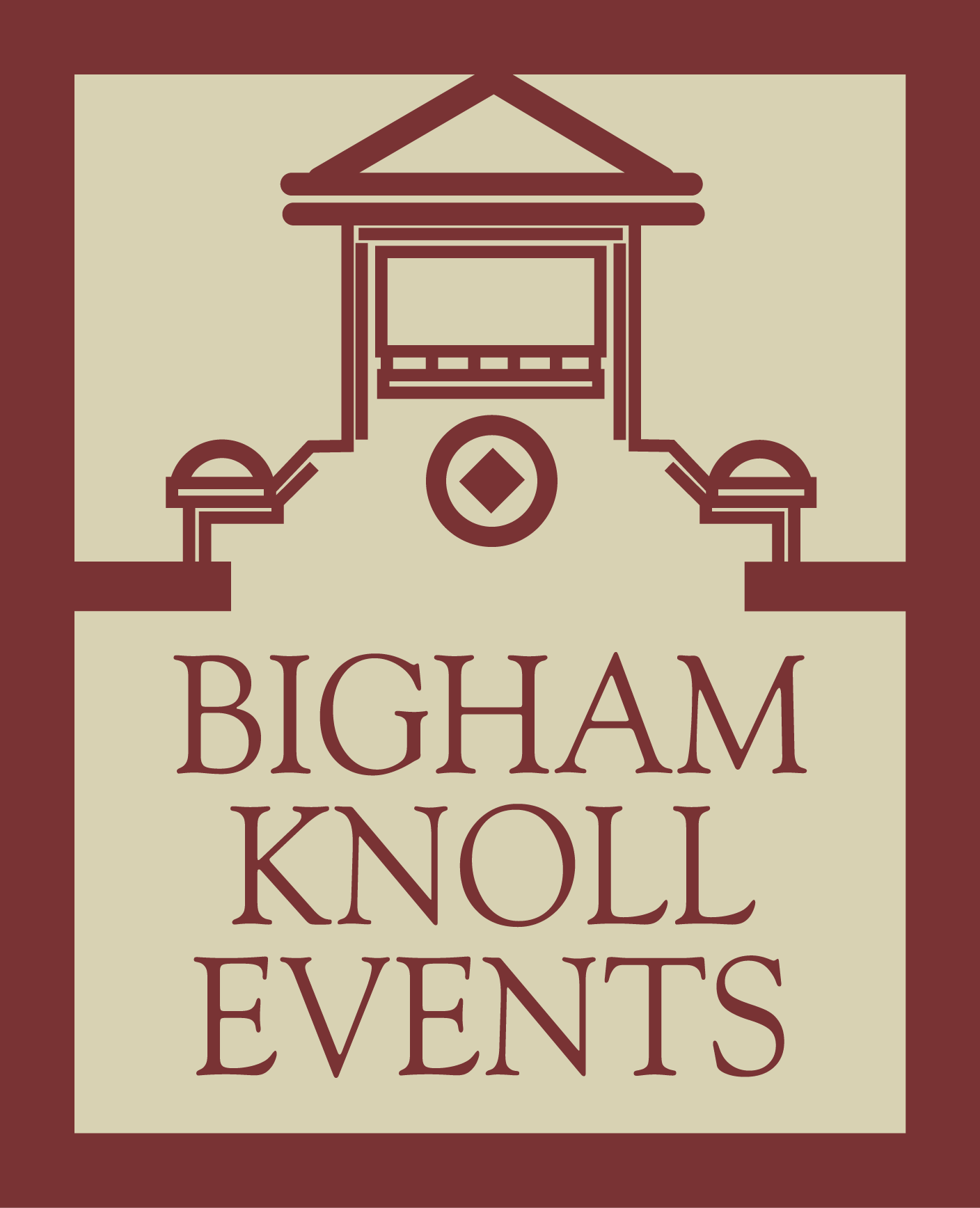I n 1908, when the school bell was rung, all the children of Jacksonville were expected to be in their seats, quiet and ready for instruction. Ringing from the Bell Tower atop of the School House, the sound could be heard throughout the town. Going to school was a privilege and students were eager to attend. The alternative was staying at home, working the farms, tending to livestock or supporting their parent’s vocation.
The School House was heated by a large boiler in the basement. Misbehaving boys were sentenced to arrive at school early to stoke the boiler and heat the classrooms. This provided a cheap source of labor for the School District and gave teachers a means of discipline.
By today’s standards, the Student Body was not very diversified. Jacksonville had two places of worship, a Catholic Church and a Presbyterian Church. Overwhelmingly the population was European, with Germans as the dominant group. The German language was heard on the streets, and there is evidence that some of the early classes were taught in German.

